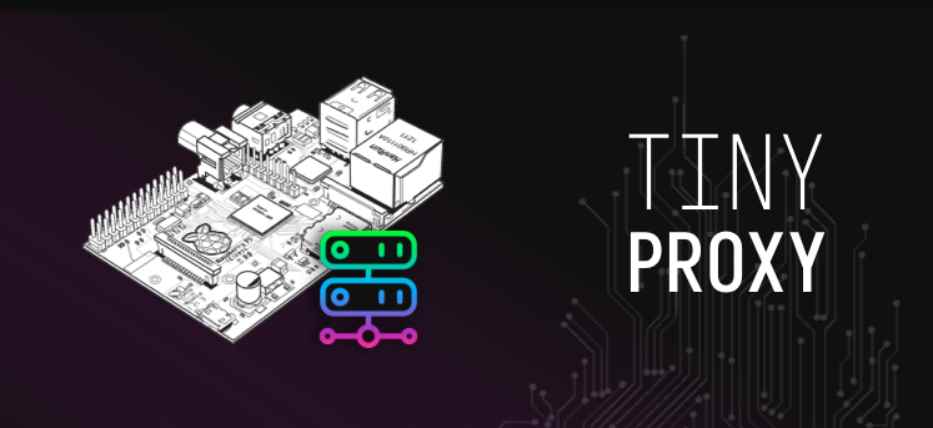A significant security flaw, identified as CVE-2023-49606, has been reported by Cisco Talos in the widely used Tinyproxy software. This vulnerability, stemming from improper handling of HTTP Connection headers, exposes systems to potential remote code execution, which could allow attackers to take control of affected servers.

Overview of the Vulnerability
Tinyproxy, a minimalist, open-source HTTP proxy, is designed for simplicity and efficiency, making it popular in environments where lightweight proxies are required. The vulnerability in question arises in the parsing of HTTP Connection headers—a fundamental component meant to specify which headers are persistent during an HTTP session.
According to the Cisco Talos vulnerability report (TALOS-2023-1889), specific versions of Tinyproxy, namely 1.11.1 and 1.10.0, are affected. The flaw exists in the remove_connection_headers function of Tinyproxy, where a use-after-free error can occur. This kind of software bug is particularly dangerous as it can lead to memory corruption, providing an attacker with a pathway for executing arbitrary code on the host machine.
Technical Breakdown
The issue arises when Tinyproxy handles HTTP headers that are supposed to be removed according to the Connection header’s directives. If the Connection or Proxy-Connection headers are manipulated by an attacker, it can lead to the reuse of previously freed memory. This use-after-free scenario is triggered as follows:
- Tinyproxy iterates over the headers specified in the
ConnectionorProxy-Connectionheader. - Each specified header is removed from a key-value store (hashofheaders), and its memory is subsequently freed.
- However, due to an error in the management of these headers, the freed memory can be reused before the function completes, leading to memory corruption.
This vulnerability is particularly concerning because it can be exploited with a simple malformed HTTP request, making it easy for an attacker to leverage and potentially take over the system running Tinyproxy.
Exploitability and Impact
The CVSSv3 score for this vulnerability is 9.8 (Critical), which underscores its severity. An attacker does not need authenticated access to the target system, making it accessible to any malicious entity that can send HTTP requests to the affected proxy. The potential impacts include unauthorized access, data breaches, service disruption, and in severe cases, complete system compromise.
A use-after-free issue occurs when an application continues to use a memory reference (pointer) after it has freed the memory to which the pointer refers. This can lead to unpredictable behavior, including application crashes, data corruption, and the execution of arbitrary code.
Exploitation Example for CVE-2023-49606
Scenario Setup: Imagine a scenario where a server is running Tinyproxy version 1.11.1. This version is known to have a use-after-free vulnerability in the way it processes HTTP Connection headers.
Step-by-Step Exploitation:
- Initial HTTP Request by Attacker:
- The attacker crafts an HTTP request that includes specially designed
Connectionheaders. The goal is to manipulate these headers to trigger the use-after-free condition. - Example HTTP request:
- GET / HTTP/1.1
- Host: vulnerable-proxy.com
- Connection: keep-alive, maliciousHeader
- maliciousHeader: freeThis
- The attacker crafts an HTTP request that includes specially designed
- Processing the Request:
- Tinyproxy receives the request and parses the headers. According to the specifications, it must remove headers listed in the
Connectionheader after processing the request. - The
remove_connection_headersfunction is called to handle this task.
- Tinyproxy receives the request and parses the headers. According to the specifications, it must remove headers listed in the
- Triggering the Use-After-Free:
- During the processing, Tinyproxy removes
maliciousHeaderand frees the memory associated with it. However, due to a flaw in the proxy’s memory management, this freed memory could be reallocated for new data while still being referenced by the ongoing process. - Suppose the freed memory is quickly reallocated and filled with attacker-controlled data through another part of the application (or another request processed concurrently).
- During the processing, Tinyproxy removes
- Exploiting the Freed Memory:
- The attacker anticipates that Tinyproxy will access this freed (and now reallocated) memory again before the function completes. If this memory now contains executable code or data crafted by the attacker, it might be executed or wrongly used by the application.
- For instance, if the memory location is used to store a function pointer, the attacker could overwrite this pointer with the address of their malicious code.
- Executing Arbitrary Code:
- When Tinyproxy tries to access the “freed” memory as part of its usual operations (e.g., to log details or continue processing headers), it inadvertently executes the code pointed to by the overwritten pointer.
- This could allow the attacker to execute arbitrary code on the server running Tinyproxy, potentially giving them full control over the server.
Example of Malicious Impact:
- The attacker could install backdoors, exfiltrate confidential data, launch further attacks from the compromised server, or disrupt the server’s operations.
Mitigation and Response
As of the last update from Cisco Talos, there has been no official patch or maintenance release from the maintainers of Tinyproxy to correct this vulnerability. Organizations using Tinyproxy are advised to monitor their systems closely for unusual activity and implement additional safeguards until a patch is available. This may include:
- Deploying web application firewalls (WAFs) to filter out malicious HTTP headers.
- Isolating the proxy server from critical internal networks.
- Regularly updating all software to the latest versions where possible.
For users and administrators of Tinyproxy, understanding the technical mechanics of this vulnerability and staying vigilant about monitoring their network traffic is crucial. Immediate action is recommended to mitigate the risks associated with this critical vulnerability until a permanent fix is issued.

Information security specialist, currently working as risk infrastructure specialist & investigator.
15 years of experience in risk and control process, security audit support, business continuity design and support, workgroup management and information security standards.











